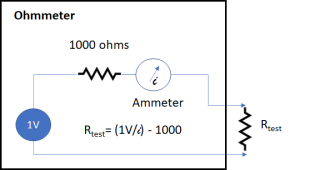OK!!! Thank you for the video and the fix EG4/Sig Solar.
This is a huge improvement! Up till yesterday, I was under the impression the relays in the internal transfer switch were not individually addressable. The fact that they are addressable is a game changer.
* With the new firmware, the system operates as a common neutral and that works well for most (All?) stationary systems.
* For mobile solutions, the 'mobile' firmware that uses the bonding relay will work well in most cases (See limits below).
An important question:
When will this all be documented in the manual?
A question to satisfy my curiosity:
Why not put a new 'program' in the firmware that allows the user to select common neutral vs mobile? Was the solution done to get it out quickly with a plan for a configurable firmware solution coming later?
A question about shipping with the bonding screw.
If the relays are individually addressable, the new firmware can be set up to not engage the bonding relay. Therefore the bond would not be created even if the bonding screw is in place. Why not do this and go back to shipping with the screws so the mobile user does not have to source his own screw and open the inverter to install it?
Finally, there are some limitations for the mobile Firmware that should be noted
Stacking inverters:
* With the common neutral firmware, the bonding relays are not used and therefore the relays do not impose a limit on stacking (There may be other limits though)
* With the mobile firmware, The only stacking that should be done is two inverters in split phase mode. Two in parallel mode or more than two inverters in any mode create a situation where the bonding relay is undersized.
* With the mobile firmware, The bonding screw in
one of the inverters should be removed.
NOTE: Hopefully you can make this configurable in a future version of the firmware... better yet, when the mobile firmware is operating, only enable the dynamic bonding on the master inverter and not on the other inverter.
Non-Neutral-switching transfer switches on the output.
* With the common neutral firmware, a non-neutral switching transfer switch on the inverter output will work fine. This means the Reliant multi-circuit transfer switch is OK to use.
* With the mobile firmware, a non-neutral-switching transfer switch could create two bonds when on battery power and therefore should not be used.





